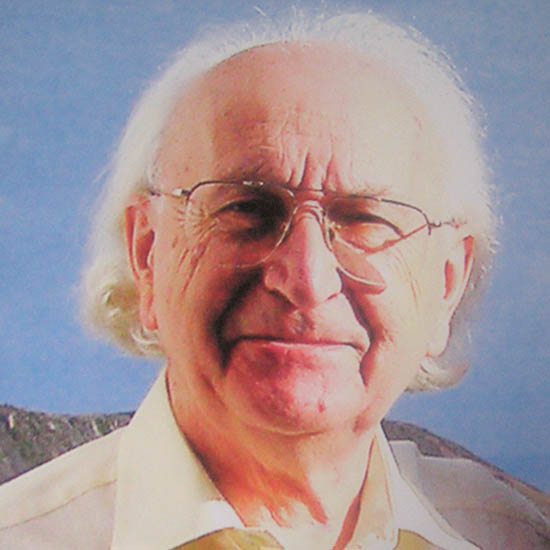Cyril Hilsum is noted for contributions to two important fields of science and their applications. He published some of the earliest papers on electronic transport in indium antimonide and gallium arsenide, compounds central to our understanding of the physics of semiconductors and also in yielding useful devices. His most distinguished contribution occurred in the study of hot-electron effects, where he predicted the existence of negative resistance effects through the transfer of conduction electrons from one minimum of the energy band structure to another. This research led directly to miniature radar systems, and to sources of terahertz radiation.
Concerned at the incompatibility with miniradar of the conventional display, the cathode ray tube, Cyril turned his attention to flat panel electronic displays. He led the RSRE/University of Hull/BDH team which invented the first stable liquid crystals, cyanobiphenyls. These, supplied worldwide, made possible numerous new and improved electronic systems, including the laptop computer. He made many personal contributions, including the first LCD pixel driven by amorphous silicon thin film transistors, the basis of LCD televisions today.
Subject groups
- Engineering
Materials science (incl materials engineering)
Awards
Clifford Paterson Medal and Lecture
On 'Electronic displays: the link between man and microcircuit'.
Philips Lecture
On 'Does industrial R&D pay?'.
Royal Medals
For his many outstanding contributions and for continuing to use his prodigious talents on behalf of industry, government and academe to this day.

